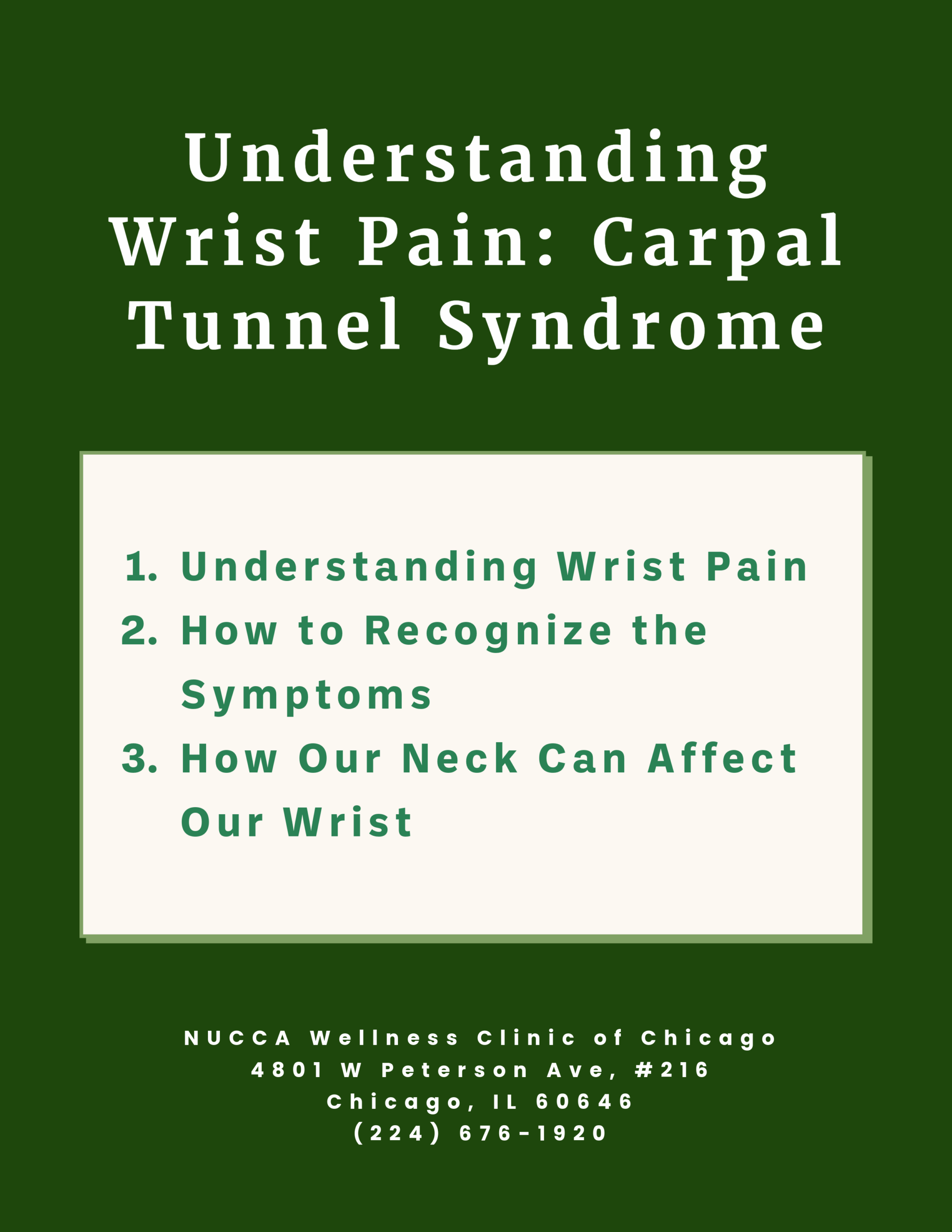Have you ever experienced a persistent knot in your back that just won’t go away, no matter how much you massage or stretch? You’re not alone. Muscle knots can be incredibly bothersome and can greatly impact your daily life.
If you’ve ever had to deal with a muscle knot in your back, you know how frustrating and debilitating it can be. Understanding the causes, symptoms, and treatment options for muscle knots can help you find relief and prevent them from recurring. In this article, we will explore the ins and outs of muscle knots and provide you with valuable information to help you manage and alleviate this common issue.
What Is a Muscle Knot?
Muscle knots, also known as myofascial trigger points, are tight knots of muscle tissue that can be felt as lumps or bumps under the skin. They can cause discomfort, pain, limited range of motion, and even headaches.
Muscles can constrict and not release due to use, overuse, or misuse. This creates a knot-like feeling when touched. Knots can be as large as a person’s thumb in large muscles and undetectable in smaller muscles other than causing an ache.
What Causes These Muscle Knots to Occur?
Sometimes they can be the result of an injury such as whiplash from an automobile accident or a sports accident. At other times, knots may occur after a workout or some other strenuous activity such as lifting heavy boxes while moving. You can also get a muscle knot from sitting or lying in the wrong position for too long. Good posture is a key to avoiding muscle knots.
1. Poor Posture
One common cause of muscle knots is poor posture. When you sit or stand in a slouched position for extended periods of time, it puts strain on certain muscles, leading to tension and eventually muscle knots.
2. Muscle Overuse
Engaging in repetitive movements or activities that involve using the same muscles over and over again can also lead to the development of muscle knots. This is especially common in athletes who perform the same motions repeatedly, such as runners or weightlifters.
3. Muscle Strain
Muscle strain, which occurs when a muscle is stretched or pulled beyond its normal range of motion, can cause muscle knots to form. This can happen during activities like lifting heavy objects, sudden movements, or improperly performing exercises.
4. Stress and Tension
Stress and tension are major culprits in the formation of muscle knots. When we are stressed, our muscles tend to tense up, leading to the development of knots. This is particularly common in the neck and shoulder muscles.
5. Dehydration
Dehydration can also contribute to the formation of muscle knots. When the body is not properly hydrated, the muscles can become more susceptible to tension and tightness, increasing the likelihood of muscle knots.
6. Lack of Stretching and Exercise
Not incorporating regular stretching and exercise into your routine can leave your muscles tight and more prone to developing knots. Regular stretching and exercise help to maintain muscle flexibility and prevent the buildup of tension.
7. Injuries
Previous injuries, such as muscle strains or sprains, can leave the affected area vulnerable to muscle knots. Scar tissue can form during the healing process, leading to increased muscle tension and the development of knots.

Effects of Muscle Knots on the Body
1. Decreased Range of Motion
Muscle knots, also known as trigger points, can cause a decrease in range of motion. When a muscle knot forms, it can restrict the movement of the affected muscle and make it difficult to perform certain movements. This can lead to stiffness and limited flexibility, making everyday activities more challenging.
2. Pain and Discomfort
One of the most common effects of muscle knots is pain and discomfort. The knots can cause localized pain in the affected area, which may be sharp or dull. The pain can be constant or intermittent, and it may worsen with certain movements or activities. Muscle knots can also cause referred pain, meaning the pain may be felt in other areas of the body that are connected to the knot.
3. Headaches
Muscle knots in the neck and shoulder area can contribute to tension headaches. The tension and tightness in these muscles can radiate up into the head, causing headaches that range from mild to severe. These headaches can be chronic and recurring, affecting daily life and overall well-being.
4. Weakness and Fatigue
Muscle knots can lead to muscle weakness and fatigue. When a muscle is constantly contracted due to a knot, it can become overworked and fatigued more quickly. This can result in decreased strength and endurance, making physical activities more challenging and tiring.
5. Poor Posture
Muscle knots can also affect posture. When certain muscles become tight and knotted, it can pull the body out of alignment, leading to poor posture. This can result in rounded shoulders, a forward head posture, and an increased risk of developing other postural issues.
6. Nerve Compression
In some cases, muscle knots can compress nearby nerves, leading to symptoms such as tingling, numbness, or even radiating pain. This can be particularly problematic if the compressed nerve affects a large area of the body or if it leads to nerve damage over time.
7. Sleep Disturbances
Muscle knots can interfere with sleep quality. The pain and discomfort associated with knots may make it difficult to find a comfortable position to sleep in. In addition, muscle tension and tightness can make it harder to relax and fall asleep, leading to disrupted sleep patterns.
Overall, muscle knots can have a significant impact on the body. They can cause pain, limited mobility, and various other uncomfortable symptoms. Seeking treatment and practicing preventative measures, such as regular stretching and self-massage, can help alleviate the effects of muscle knots and promote overall muscle health.
What are some natural ways to relieve knots in back muscles?
Massage is usually the first treatment we turn to for muscle knots. While a professional massage may be pricey, it could be tough to reach the area yourself and a loved one may lack the finger strength to work the knot out. A foam roller may help. They can be rolled over the area up to a dozen times, three times per day until the knot loosens up.
Another natural way to relieve muscle knots in the back or neck is upper cervical chiropractic. Studies have been done which show the effect that upper cervical chiropractic treatments have when pain is caused by an injury such as whiplash. Don’t think that because your knot is in your lower back that upper cervical chiropractic won’t help. When the C1 and C2 vertebrae become misaligned, the effects can be felt all over the body. This is because these vertebrae in the upper neck are right at the base of the skull where the brain stem is. Thus, seeking the help of an upper cervical chiropractic practitioner is a great, drug-free way to treat all sorts of conditions including neck and back pain.
If you are in the Chicago, Illinois area click the button below to schedule a consultation:
Want to hear from people like you? Check out our reviews here.
Dr. Young Chung of NUCCA Wellness Clinic of Chicago, with a location in Chicago and a 2nd location in Wheeling is an Upper Cervical Specialist trained by the National Upper Cervical Chiropractic Association (NUCCA). His upper cervical clinic also serves Northbrook, Long Grove, Lincolnshire, Buffalo Grove and Vernon Hills. He is uniquely trained to correct problems in the upper cervical spine (upper neck). This vital area is intimately connected to the central nervous system and problems in this area have been shown to be an underlying cause of a variety of different health problems, including migraines and other headaches, whiplash injuries, post-concussion syndrome. This type of care has also shown benefits for athletic performance and pregnancy outcomes. More information can be found on our website at http://www.NUCCAwellnessChicago.com/





